Muay Thai, the national sport of Thailand, is an ancient martial art form that is derived from a form of hand to hand combat used by the first Thai army. It is also known as ‘the art of eight limbs’ as the hands, elbows, knees and shins are used to replace fallen weapons on the battlefield.
Men from all backgrounds trained in the art while Thailand warred with neighboring countries until it was adopted by the king as a national sport circa 1600. The sport looked very different then, there was no regulation, no protective equipment and no timed rounds. However, in the 1930s, Thaiboxing became a regulated and safe sport and continues to go from strength to strength as more people regard it as the best martial art out there.
Here are my top ten reasons why I would agree with this statement.
1. It Has Retained its Authenticity
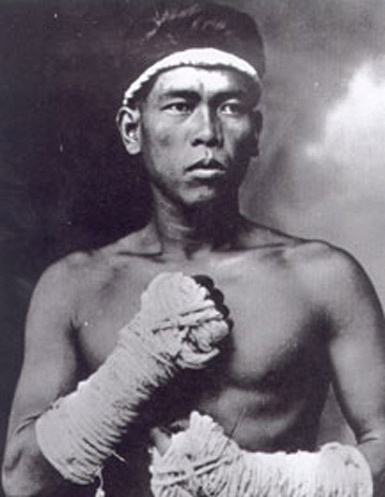
Muay Thai is still firmly in touch with its roots. Whatever and wherever you learn, it is only a fraction of what you can learn from the masters in Thailand. To be a fully rounded fighter, training there is a must. Here, all embellishments and comforts are thrown away, many of their gyms have a more basic approach to training. It is a numbers game and the Thais are not ones to accept excuses.
If you come to train, you come to train as they do and are expected to participate in both sessions of the day, only resting on Sunday.
The training is arduous and still, 12-year-olds will outwork and outsmart you regularly. What this means for gyms abroad is that the training is still closely linked, inspired by and even copied from the training in the sport’s homeland, with many gyms incorporating not only similar training regimes but also Thai language, practices and techniques that remain true to the sport.
2. It Teaches You About Respect
Ingrained in the discipline of many martial arts, including muay Thai, is respect. First, we pay respect to the space we use, some gyms require a wai or bow before entering, while others require a mental shift – an ego check if you will – where you shift your mind into a state of humility and readiness to learn and train hard. Throughout class we continue this respect in our responses to our coach or kru, in our interactions with our training partners and finally as we finish class and leave.
It’s hard to find disrespectful people because these types of people are often changed in behavior or simply weeded out. It is embedded in the sport to not only respect your teacher and the top-level fighters, but also your peers, the beginners, and space and equipment you use.
3. It is a Form of Meditation
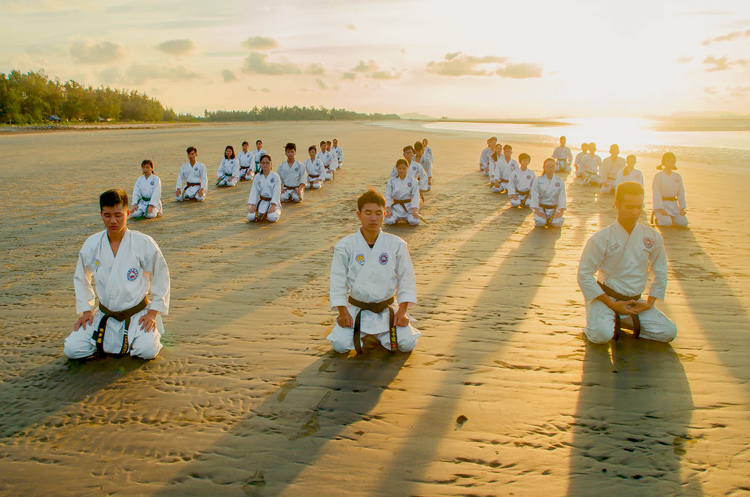
Although the sport has often been denounced as brutally violent, the training requires an intense focus. You cannot switch off. If you switch off during a pads or sparring session, you will not only put yourself at risk, but it is also doing your training partner a disservice.
If you switch off while your coach or kru is speaking, you fail to absorb most of what he is saying. It encourages you to be fully present in the moment, allowing you to forget about your to-do list if only for a couple hours.
4. It is an Effective and Realistic Striking System
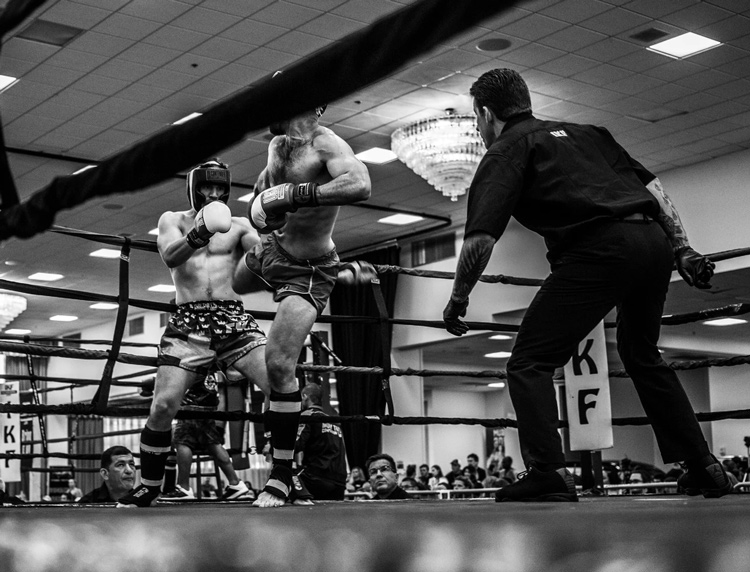
There are no sequences here. Muay Thai derives from the ancient hand to hand combat system that Thai soldiers used when engaged in warfare. Mimicking weapons of war, the strongest parts of the body were used to defend and strike opponents. It is the most favored stand up striking form used in MMA due to its devastatingly effective techniques. Classes are also realistic.
You cannot truly be training Muay Thai without doing technical drills and sparring. Because of this, you can find yourself being hit in the face within your first week of joining a gym.
It is about creating warriors inside and out, so classes develop resilience and courage from a very early outset. You are encouraged to be in a sparring class every week to practice what you have learned, and analyze strengths and weaknesses in your performance. As a result, your reactions are constantly being tested throughout padwork, technical and sparring sessions so much so that your defenses become automatic. You never even have to choose to become a fighter for these skills to be developed.
5. You are Thrown in the Deep End
Day one in a Muay Thai can be a scary experience. Even if you are in a beginner’s group, unless it is also your partner’s first day, you will feel like you’ve been thrown into the deep end. Instructors are there to help and support you, but nobody is there to hold your hand.
It’s just the nature of the environment and the sport. It is not for the faint of heart and there are no apologies for this.
If you want to flourish in the sport you must be able to get around being uncomfortable, because the training will be uncomfortable every day. There are no tap outs. Consequently, only the strong survive in the sport and practitioners are known for their adaptive mindsets and steely wills.
6. There is no Belting System
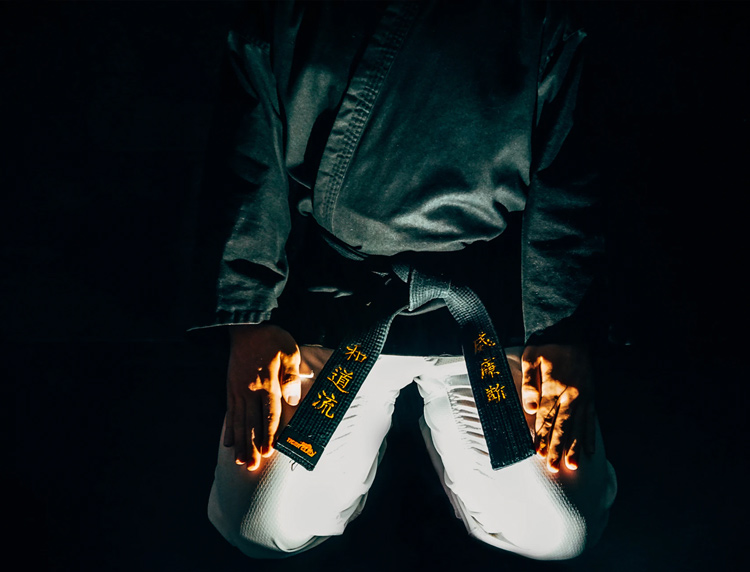
The original belting system is attributed to Master Jigoro Kano, the founder of Judo. Although it did involve ranking practitioners by their ability, the belts were not as we know them today, rather, they were obis (wide belts) that held a kimono in place and only two colors existed: white and black. The colored system was later developed by another Master practicing in Europe.
Many martial arts have adopted the belting system including judo, karate, jiu-jitsu, and aikido. Unfortunately, the system has been accused of corruption by some as ‘mcdojos’ turned the belting system into a purchasing system. Belts are purportedly awarded for longevity or money spent within the dojo rather than for achievement or skill level.
It also prices people out as fees are often required to take the test, own the new belt and participate in the ceremony. In some gyms, it has become a system that rewards the rich in pocket, but not necessarily the rich in spirit. Without the belts, practitioners are judged on their merits alone and it is purely about what you have done or who you have fought that is important.
7. There is Always More to Learn
Although an excellent form of exercise that burns plenty of calories, it never feels like that. Because, in Muay Thai, you are always learning, there are many other things to focus on rather than how challenging something is. Even when that becomes the case, often the training you have received in regards to your mindset steps in.
There is an understanding that suffering is an essential part of success. In the West, even highly proficient technicians only have a fraction of the knowledge that the Thais do. You can be a world champion and still learn something new within the sport. This in turn develops a growth mindset: you are never finished learning, it is an ongoing process.
8. It Develops Your Character
From learning how to pay respect, and leave your ego at the door to developing the principles of discipline and courage, many of the behavioural changes we learn in the dojo are extremely important outside of it too.
You learn how to take and give feedback, and understand that it is crucial for the development of yourself and those around you. You see how discipline and consistency can often outwork talent and years of practice simply because you have showed up every day, without pause. You gain the understanding that your mind will always quit before your body does and that by learning to silence that voice, you can tap into unlived and unused potential.
Finally, you gain humility, realizing that anyone of any background, age, gender, or level of privilege can whoop your ass. Even if you become one of the best, you cannot be the best forever. It is a sport, that at its best, keeps your feet firmly planted on the ground.
9. All You Need is a Willingness to Work and to Learn
Traditionally, muay Thai favors body shapes that are tall and lean. Long limbs are also ideal. However, while this can offer some advantages, people of all shapes and sizes can participate regardless. You do not need to be athletically inclined to be good.
Rather, you have to learn what works and what doesn’t and make that specific to you.The most prosperous are those that show up not only to train, but to learn.
10. It is a Community of Warriors
Thai boxers are a unique type of people. Few can hug it out after punching each other in the face and throwing each other on the floor. Despite the many differences and variety that will exist among the gym, you are a team. More importantly, you become part of a team that holds each accountable, builds each other up, and has developed a habit of embracing the uncomfortable on a regular basis. It is truly a community of warriors.
Wrapping Up
Many Martial Arts share similar attributes to muay Thai, however, I have yet to find one that encompasses all of these components in one sport. It challenges and readies your body for battle, it develops and strengthens your character and it focuses and expands your mind.
Like Meditation, the focus is not on becoming a master, rather the journey of the student that matters most. It almost seems incongruent that the same sport is also considered to have some of the most dangerous striking techniques and throws out there, but this is the brutal and beautiful art of muay Thai.

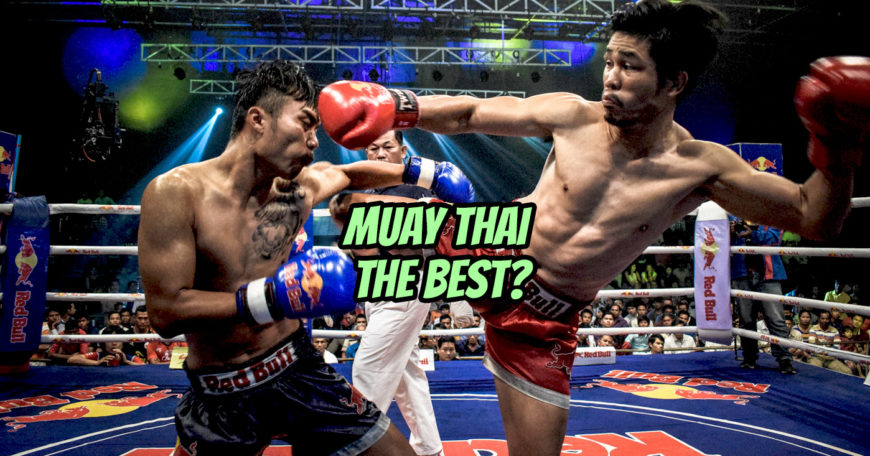
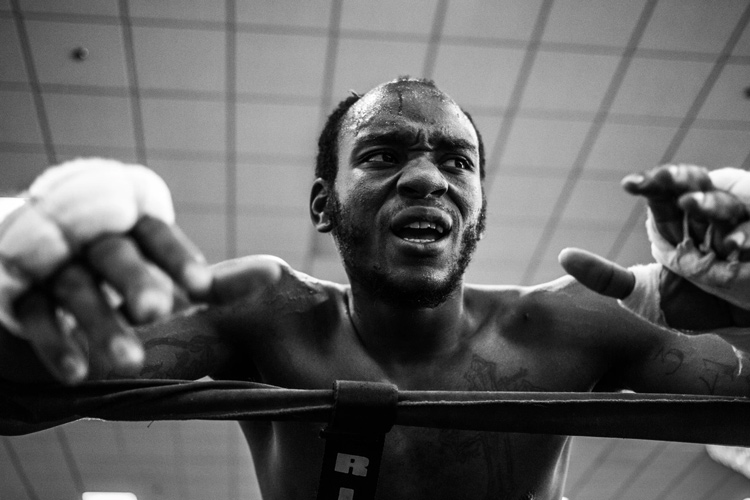


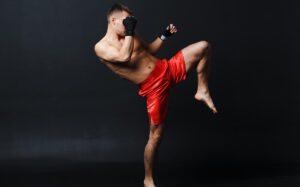

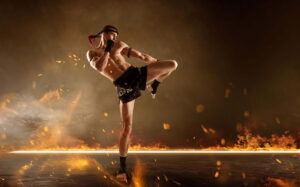


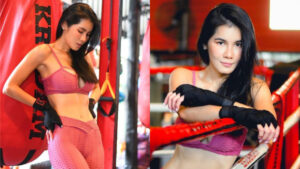
1 thought on “Reasons Why Muay Thai is the Best Martial Art”
Thanks for such great information on Muay Thai. It’s a great share that really cleared up most of my misconceptions about Muay Thai. I have also read a useful article similar to this blog.